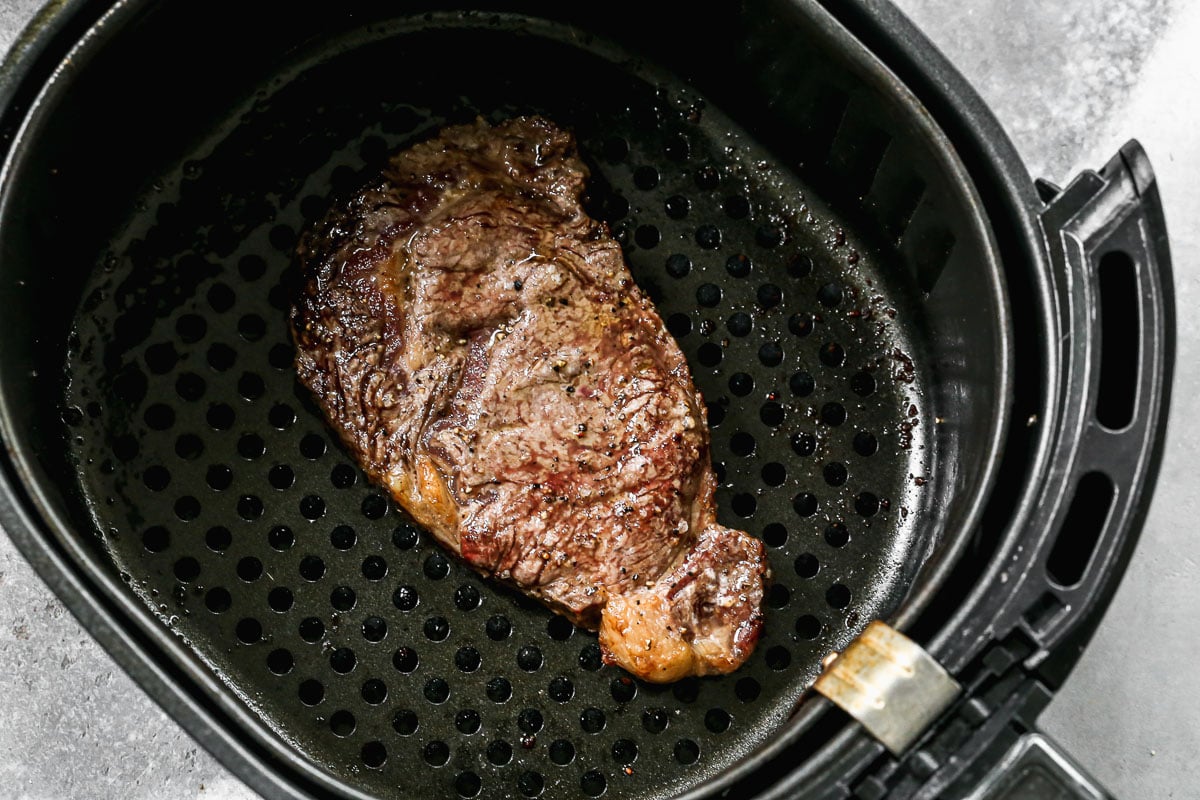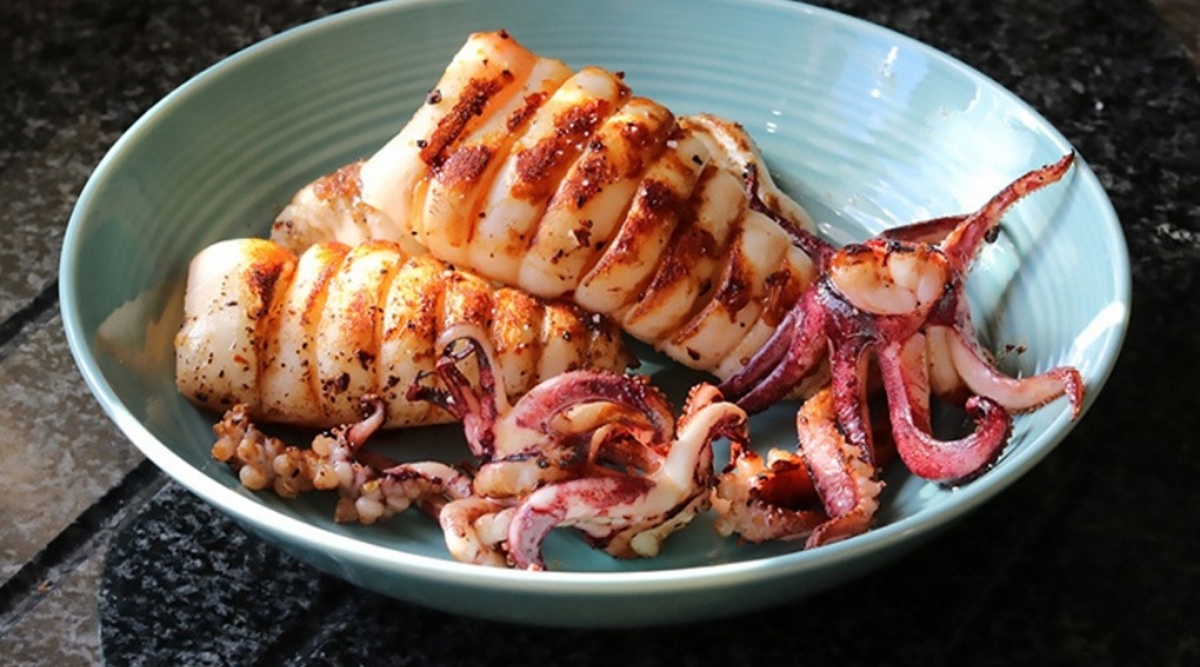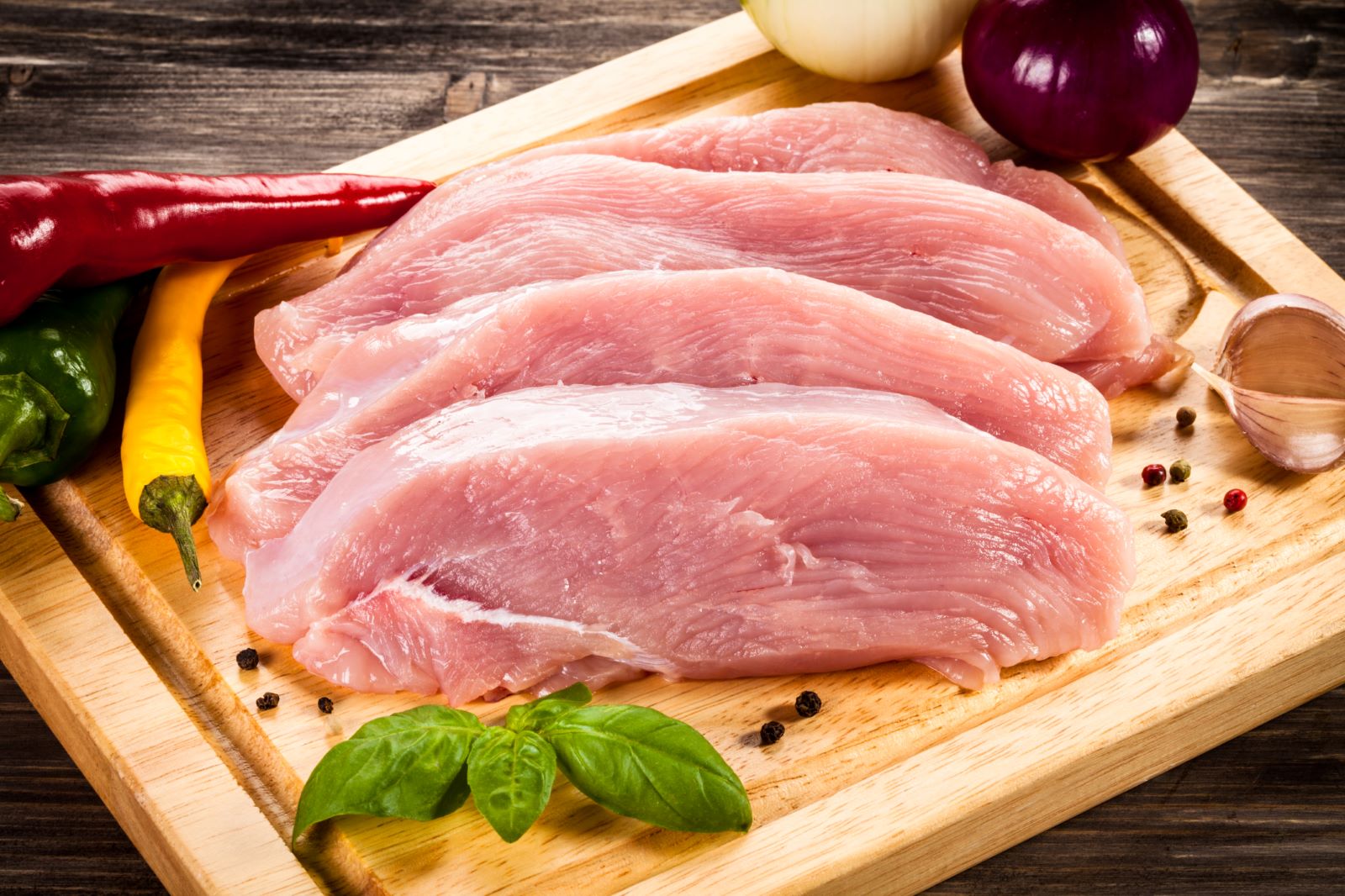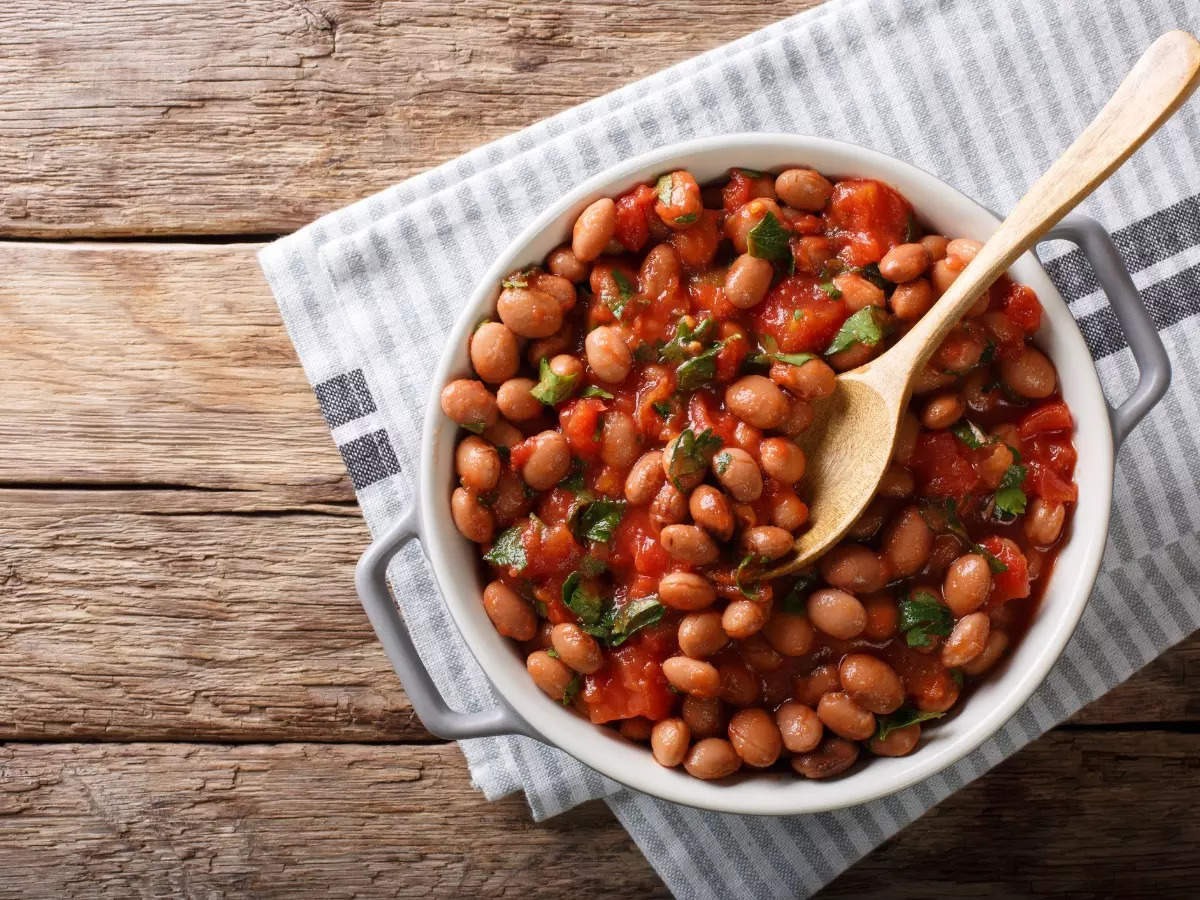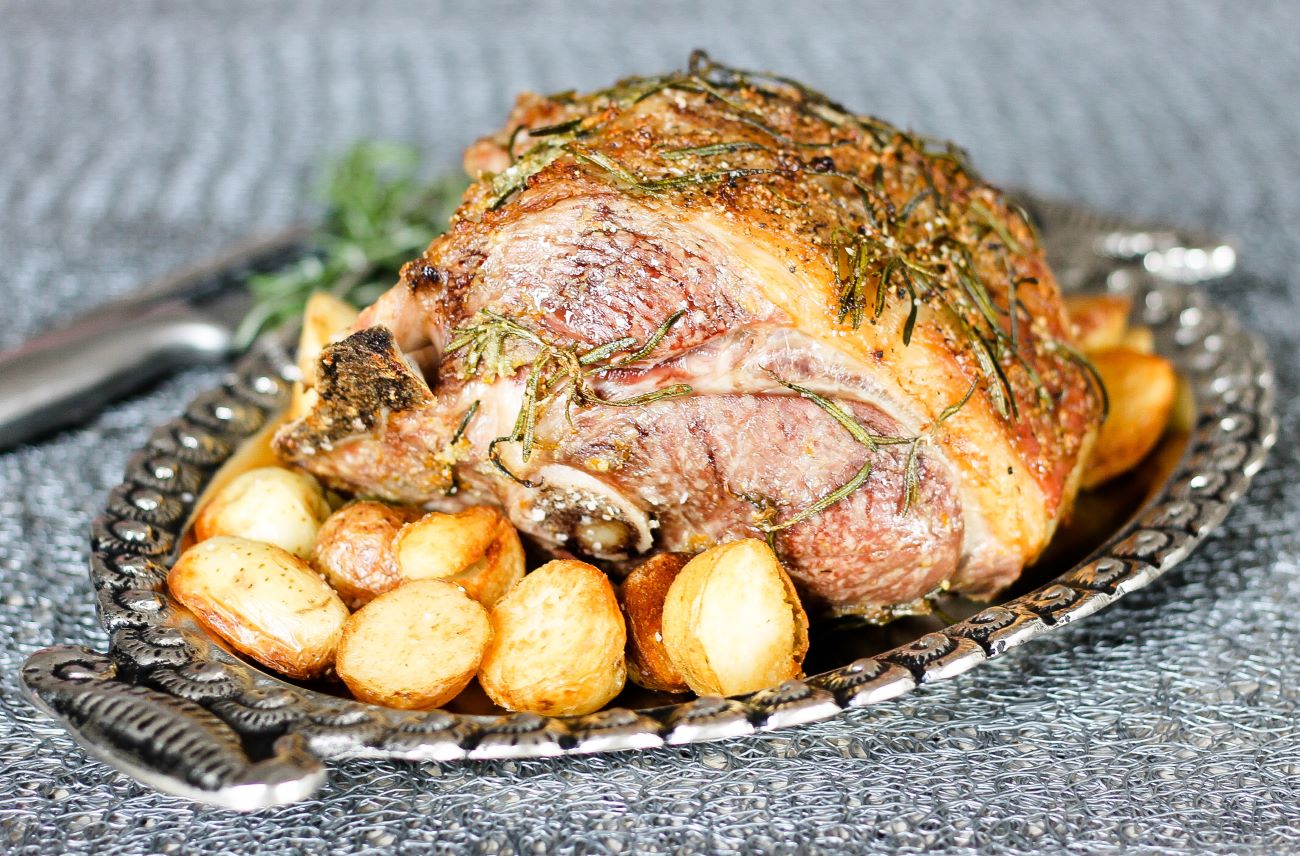Get Rid of the Slime: Tips for Cooking Perfect Okra
Okra, with its distinctive taste and texture, is a beloved vegetable in many cuisines around the world. However, the slimy texture of okra can be a turn-off for some. If you’re wondering how to minimize or completely eliminate the slime while cooking okra, you’ve come to the right place! In this guide, we’ll share some valuable tips and techniques to help you cook okra that is slime-free and delicious.
1. Selecting the Right Okra:
When it comes to avoiding excessive slime, choosing the right okra is key. Look for young okra pods that are small to medium in size. These younger pods tend to have less slime compared to larger, more mature ones. Additionally, fresh okra that is firm and vibrant in color is less likely to produce excess slime during cooking.
2. Wash and Dry Thoroughly:
Before you start cooking, give your okra a good wash under cool running water. This will help remove any dirt or debris present on the surface. To further reduce slime, it is crucial to dry the okra completely. Excess moisture can contribute to a slimy texture, so take a clean kitchen towel or paper towels and gently pat the okra pods dry.
3. Trim with Care:
Trimming the okra pods is an essential step in preparing them for cooking. Begin by removing the stem and tip of each pod. Some people believe that cutting the okra into small pieces or slices can help reduce slime, while others prefer to keep them whole. Experiment with both methods and find what works best for you.
4. Quick Cooking Methods:
To minimize slime production, opt for quick cooking methods that expose the okra to high heat for a short period. Stir-frying, grilling, or sautéing okra at a high temperature can help reduce the slime factor. These methods cook the okra quickly, preventing excess slime from being released.
5. Acidic Ingredients:
Adding acidic ingredients, such as lemon juice or vinegar, can help control the slime when cooking okra. The acidity acts as a natural slime inhibitor and works effectively to reduce the overall sliminess. Consider adding a squeeze of lemon or a splash of vinegar to your okra dishes for a delightful tang and reduced slime.
6. Cook with Absorbent Ingredients:
An effective way to absorb excess slime from okra is to cook it with absorbent ingredients like tomatoes, onions, or even cornmeal. These ingredients help absorb the moisture and slime released during cooking, resulting in a less slimy end product. Sauteing okra with onions and tomatoes is a popular method that yields flavorful and less slimy okra dishes.
7. Avoid Overcooking:
One mistake that can lead to excessively slimy okra is overcooking. Okra pods can quickly turn slimy if cooked for too long. To prevent this, monitor the cooking time and remove the okra from heat as soon as they become tender. The texture should be crispy and the slime minimal to enhance the overall culinary experience.
8. Okra in Soups and Stews:
If you love okra in soups and stews, but want to avoid the slime, there’s a technique for that too. Blanching the okra before adding it to your soup or stew can help reduce slime. Simply blanch the trimmed okra pods in boiling water for a few minutes, then transfer them to an ice bath. This blanching step will help remove excess slime, resulting in a more enjoyable eating experience.
Now that you have these valuable tips in your kitchen arsenal, you can confidently cook okra without worrying about the slimy texture. Whether you’re stir-frying, sautéing, or adding okra to your favorite soup, these techniques will help you achieve perfectly cooked okra that is free from excessive slime. So go ahead, embrace the unique flavors of okra and enjoy this versatile vegetable to the fullest!
More Slime-Free Okra Recipes to Try
Having mastered the art of removing slime from okra, you're now perfectly equipped to experiment with a variety of delicious dishes that showcase this versatile vegetable. Consider trying the Zesty Okra Stir-Fry for a zesty kick, or the Smoky Grilled Okra for a smoky flavor that complements the natural taste of okra wonderfully. For those who prefer classic Southern flavors, the Classic Crispy Okra is highly recommended. Each recipe offers a unique way to enjoy okra, ensuring your cooking never lacks variety or excitement.
Was this page helpful?
Read Next: How To Cook Ground Deer Meat On Stove
